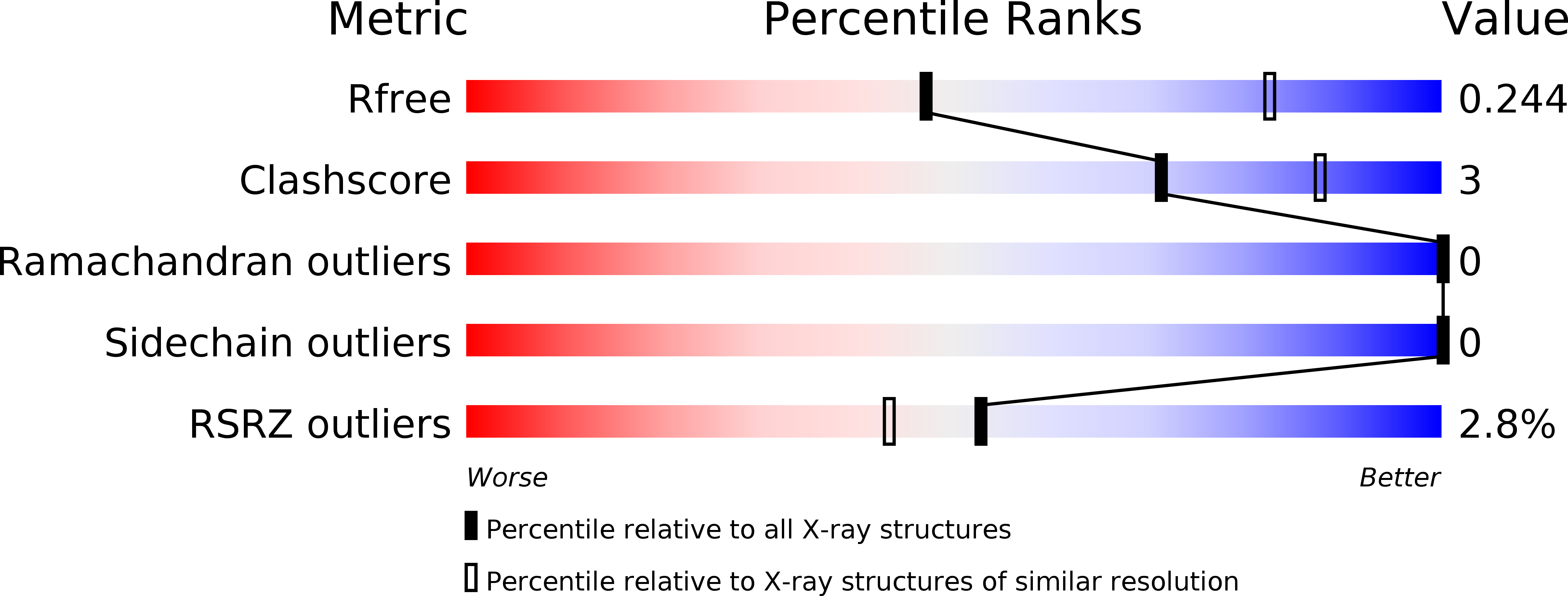
Deposition Date
2016-08-22
Release Date
2016-10-19
Last Version Date
2024-11-13
Entry Detail
PDB ID:
5LRV
Keywords:
Title:
Structure of Cezanne/OTUD7B OTU domain bound to Lys11-linked diubiquitin
Biological Source:
Source Organism:
Homo sapiens (Taxon ID: 9606)
Host Organism:
Method Details:
Experimental Method:
Resolution:
2.80 Å
R-Value Free:
0.24
R-Value Work:
0.20
R-Value Observed:
0.20
Space Group:
P 21 21 21


